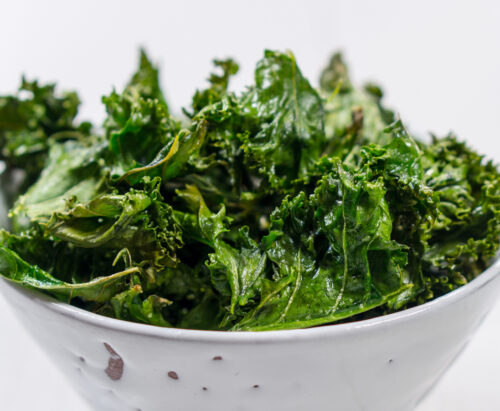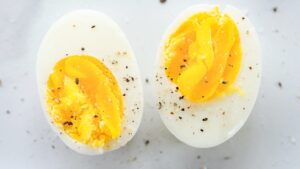Are you curious to know how kale and cabbage compare? Juliette Kellow, a dietitian, contrasts these two greens to determine which is superior.
Cabbage
Green cabbage contains a large variety of nutrients. An 80g serving, one of our five-a-day, supplies around 10% of our daily needs for iron, fiber, and folate (a B vitamin that’s crucial for conception and the first 12 weeks of pregnancy to lower the chance of neural tube defects like spina bifada), and almost half of our daily needs for vitamin C.
Kale
Compared to green cabbage, kale contains substantially higher levels of the majority of nutrients, including around half of our daily requirements for vitamin A and folate.
Kale is a nutritional powerhouse that contains far higher amounts of most nutrients than green cabbage; it meets our whole daily needs for vitamin C and around half of our needs for vitamins A and folate. It has 81 times more lutein and zeaxanthin than savoy cabbage, making it one of the richest food sources of these antioxidants. These two antioxidants help prevent age-related macular degeneration and are essential for maintaining healthy eyes.
The winner, then?
Kale. While cabbage can assist increase intakes of many vitamins and minerals, both greens and them give heft to our meals and count toward our daily five-a-day requirement. The reason kale is frequently referred to as a “superfood” is because it raises the bar for nutritional levels.





